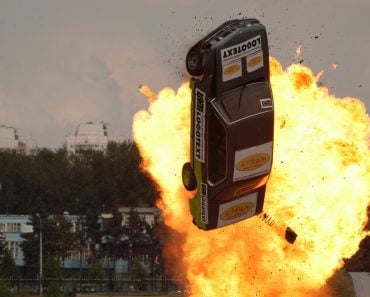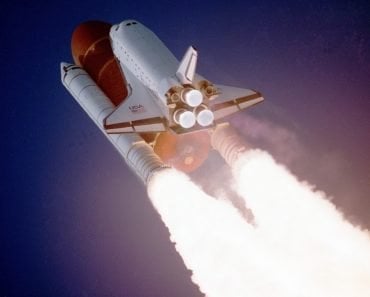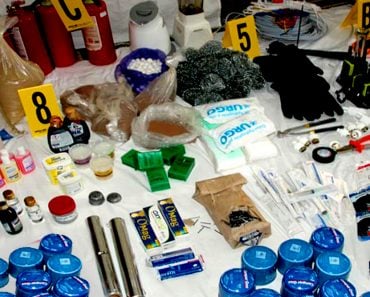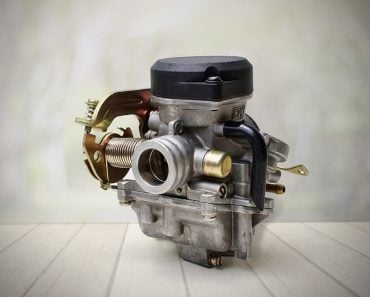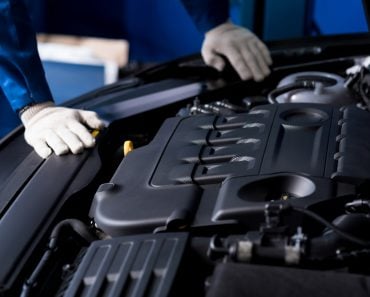Nitrous oxide introduces extra usable oxygen into an engine, allowing it to burn more fuel, and consequently, produce more power.
While televised motorsports capture only one facet of motor racing, there is another side to it, known only amongst enthusiasts.
Street racing.
What television can often fail to capture, movies don’t, and street racing is no different. The Fast and The Furious franchise, instantly synonymous with street racing, has radically influenced racing culture, and its exposure to common folk.

The initial installments, set in as early as 2001, are representative of a time when mechanical brawn brought superiority, and electronics were still new. Chances are, you would have even heard words like nitrous, 100 shot of NOS and boost, amongst others, being thrown around on the streets. What exactly do they mean? Time to find out!
Recommended Video for you:
What Is Nitrous And NOS?
In the movie, actors are seen pressing a red button on their steering wheels during the last leg of races. This releases a gas into the engine, resulting in neck-snapping boost that propels the car to the finish line. While it’s easy to dismiss this as some gimmick for movies, the truth may surprise you.
Since street races are often illegal, and carried out with limited budgets, enthusiasts look for cheap ways to improve their vehicle’s performance. One way to do this is to use nitrous oxide (N2O), often abbreviated to nitrous, and sometimes, just NOS. NOS, however, is a proprietary name for a nitrous oxide kit supplier, and stands for Nitrous Oxide Systems.
When mixed in the combustible charge, it increases the vehicle’s horsepower in proportion to the quantity injected. Thus, a 100 shot of NOS would imply an increase of 100 horsepower over stock; a 50 shot would imply an additional 50 horsepower, and so on.
Interestingly, automotive applications of nitrous oxide began with World War II aircraft, where it was used by aircraft at high altitudes, owing to reduced air density. Nitrous oxide finds extensive use as a medical anesthetic and is popularly known as laughing gas.
How Does Nitrous Oxide Work?
To produce more power, an engine must burn more combustible charge (air-fuel mixture) than it already does. Upsizing the engine to increase its displacement is one way to do this. Another method, generally favored by engineers, is forced induction, where extra air is ‘stuffed’ into the engine using turbochargers and superchargers.
However, both upsizing and forced induction can get too technical and expensive for street racing. Using nitrous oxide presents a viable solution by providing usable oxygen directly to the engine’s combustion chamber. This oxygen, in addition to air ingested by the car, is coupled with an increased fuel supply. This increases combustion, and consequently, power output available to the wheels.

Nitrous oxide is a stable compound and stored as a liquid in cylinders at room temperature. When needed, it is released into the engine’s intake manifold, where it expands and becomes gaseous. This expansion brings about a decrease in temperature and increases the density of air being fed into the cylinders. When nitrous oxide enters the cylinder, it is subjected to high temperature and pressure, causing it to become unstable. This results in the splitting of nitrogen and oxygen.
While nitrogen itself is not combustible, it makes extra oxygen available for combustion. This oxygen is in addition to the air already being drawn into the engine. As opposed to pure oxygen, it does not cause knocking in the engine. To maintain a constant air-fuel ratio, the fuel injectors must be metered to supply more fuel.
This can be done by increasing the pressure at which fuel is supplied, or increasing the time that the injector nozzle remains open. Nitrous oxide can be delivered to the engine by two types of systems.
‘Dry’ Nitrous Oxide Injection System
In a dry injection system, nitrous oxide is directly sprayed into the vehicle’s intake manifold, while fuel is sprayed by injectors into the combustion chamber. The benefits of running a dry injection system are its simplicity of installation, where plumbing lines armed with nitrous oxide are tapped directly into the intake manifold.
However, dry injection systems are quite difficult to fine tune and not suitable for high-power applications.
‘Wet’ Nitrous Oxide Injection System
Wet injection systems involve the mixing of fuel and nitrous oxide before being introduced into the combustion chamber. While installing such a system is more complex, it gives precise control over flow and can be tuned very accurately. This makes it well suited to high-power applications.
A Common Misconception Around Nitrous Oxide
While The Fast and the Furious franchise has piqued the interest of many street racing enthusiasts, it has occasionally misrepresented some facts. Nitrous oxide for example, has often been depicted as a blue flame emanating from the exhaust. While it is possible to have exhaust pipes shoot flames due to presence of unburnt fuel in the hot exhaust gases, it is not directly related with nitrous oxide.
Usually, variables like ignition timing and air-to-fuel ratio impact the presence of unburnt fuel in the exhaust stream.

Run Time Of Nitrous Oxide
Apart from being a logistical challenge, nitrous oxide puts tremendous stress on the engine components, while significantly debilitating safety. Due to this, it is not suited for extended use. Typically, it can generate boosts that last from 10 to 15 seconds. As a rule of thumb, a bigger engine gets a bigger boost for a shorter amount of time than a smaller engine, from the same bottle of nitrous oxide.
Fuel Compatibility
Nitrous oxide is compatible with both gasoline (petrol) and diesel, as it only increases oxygen concentration. However, most race cars are designed around gasoline engines. Consequently, robust architecture for nitrous oxide setups are found mostly for gasoline engines.
Disadvantages Of Nitrous Oxide
The idea of having an excessively powerful road-going vehicle certainly appeals to the social renegades amongst us. However, nitrous oxide has its downsides. While it’s a ‘cheap’ fix for instant power, engines are not designed for the additional load. This can result in explosions and irreversible damage to the engine’s components.
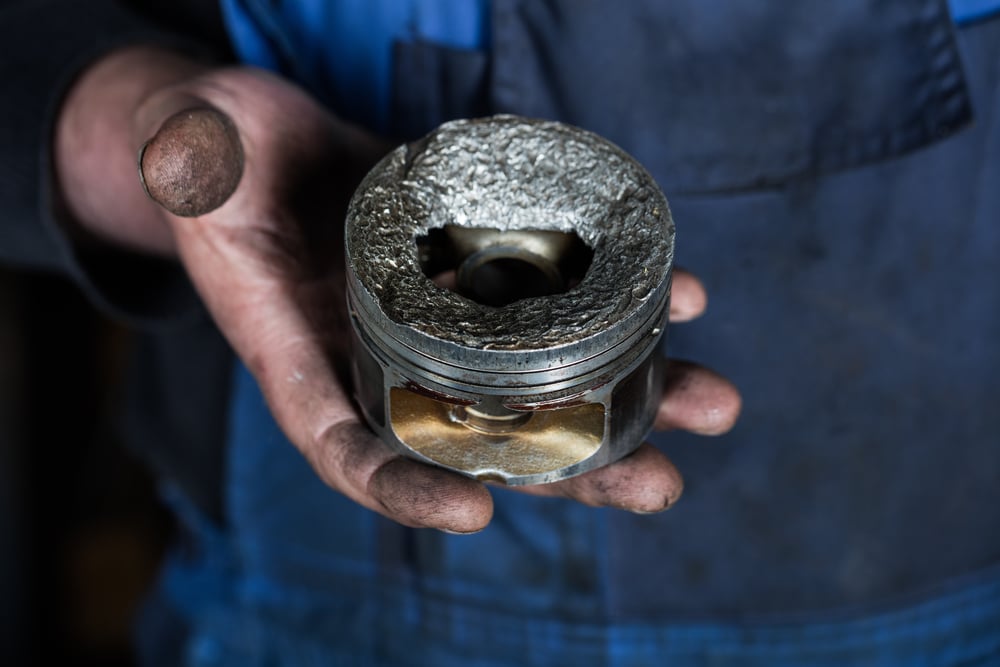
Thus, wet systems are favored over dry systems, with professionals conducting installations using proper equipment. Nitrous oxide is not easily available and is illegal in most countries. It runs out rather quickly, so it must frequently be refilled, and the lack of availability makes it an expensive affair.
Use In Motorsports
With technical advancements in engine and forced induction, nitrous oxide is not found in mainstream motorsports like Formula One. At the same time, it is completely excluded from motorcycle racing formats due to handling danger. However, it prevails in the unorganized racing sector, namely street racing and drag racing.

A Final Word – Relevance In Modern Day Motoring
In modern times, the relevance of nitrous oxide systems is quickly diminishing. While their primitive versions are still used by street racers, the more modern iterations, alongside forced induction, are used by race engineers for competitions. However, with the future of internal combustion engines being so bleak, the antiquation of nitrous oxide is only a matter of time.
References (click to expand)
- VK Choudhary —. a review on nitrous oxide on engine. ijrdt.org
- How Nitrous Oxide Works. speedtech-nitrous.com
- Nitrous Oxide | Redline Motorsports. redline-motorsports.net
- What Are Nitrous Oxide Systems, And Are They Allowed In .... toc.edu.my
- How Nitrous Oxide (NOS) in Car Works - Dubizzle. dubizzle.com


